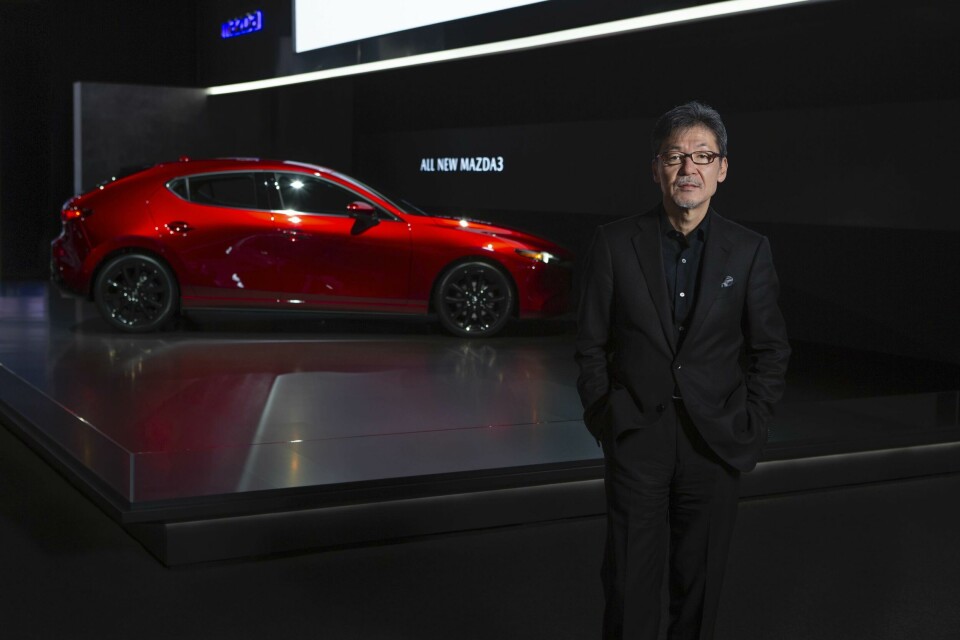
Designer interview: Ikuo Maeda, Mazda
Mazda’a global head of design discusses elegantly evolving the Kodo design language
Since I took charge of Mazda’s design department ten years ago, I have introduced ‘Kodo – soul of motion’ as our design language, and realised a range of vehicles using this design philosophy. We have developed that language in a way that has been well accepted by our customers and the design world. Before, Mazda made some great cars, but it wasn’t a brand in the same way as other companies controlled their brand: with the Kodo designs, people see Mazda as a coherent brand. The aesthetic has been critically acclaimed too, and sales of Mazda have been rising year-on-year to more than 1.6 million vehicles.
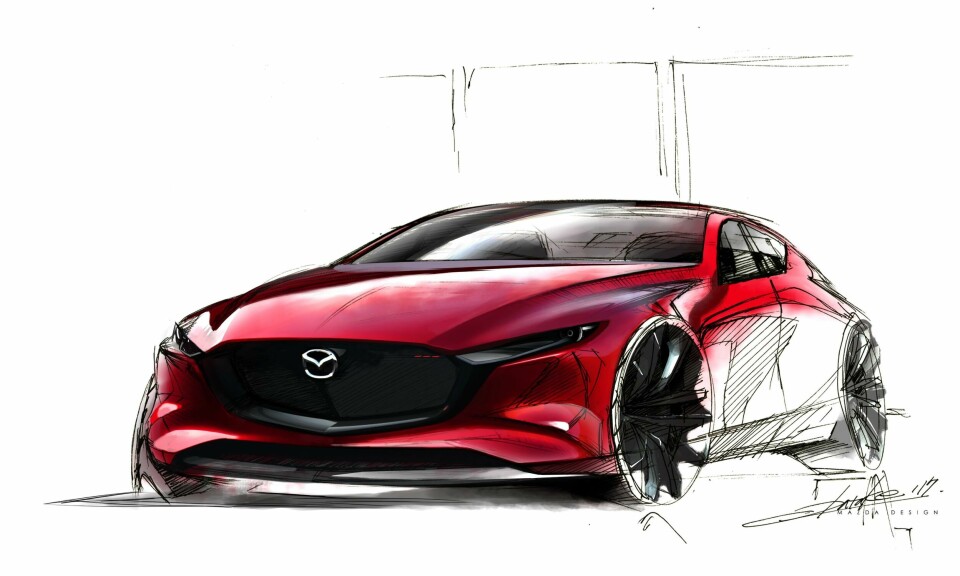
Now it’s time to maintain the momentum and evolve the Kodo language. The next phase will pursue a more elegant and premium look, while retaining the sense of vitality for which this design philosophy is known. By creating an elegance that embodies the fundamental values of Japanese aesthetics, we aim to establish a mode of expression that is unique to the Mazda brand.
Over the last two or three years, I have had the feeling that our brand presence has been gradually elevated and following that, we are anticipating Mazda’s customers are moving towards premium-sector expectations. Mazda is not alone in the push towards becoming a premium player; nearly every brand is trying to convince consumers that it’s a cut above the competition. And success is in no small part dependent on the design of the product.
The spark that ignited my passion for car design came shortly after my father took me to see motor races in Japan. I was still in junior school when Le Mans – the motor racing movie that as good as broke Steve McQueen – made its debut at the box office. I went on my own and watched it, and when I emerged from the cinema, I knew I wanted to work with cars, one way or another.
My father Matasaburo was also a design director at Mazda, and responsible for the original 1978 Savanna RX-7 sports car. I graduated from Kyoto Institute of Technology in industrial design, and began my career with Mazda working in product planning for a few years. Then I was transferred to the Mazda North American Operations design studio in Irvine, California to work in advanced design.
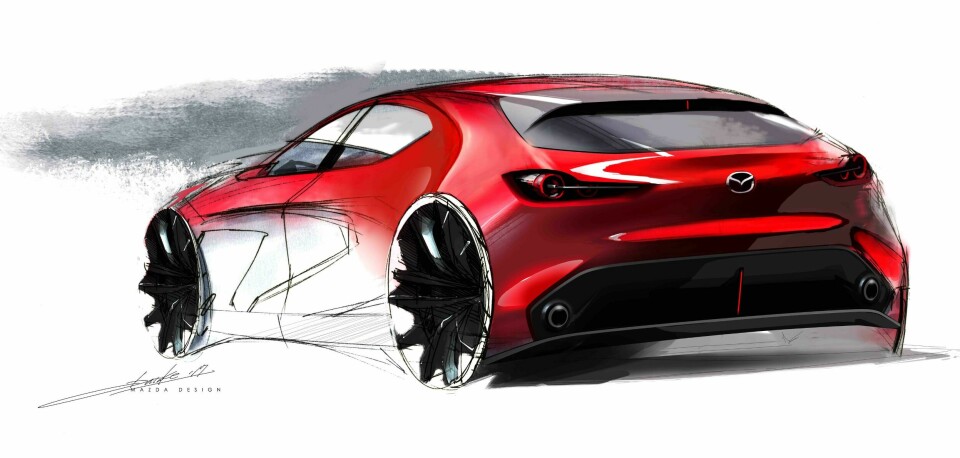
After a variety of projects, now I am in charge of design and brand style for Mazda in my role as head of design, and my task is to strike a seamless balance between maintaining momentum and managing the pace of transition, using an evolution of Kodo. We need time, it has to be step-by-step, as you risk doing things too quickly.
This change is tougher if you are a comparatively small car company. Mazda employs just 280 people across its global design studios, and our Hiroshima studio, built more than 30 years ago, looks old-fashioned in terms of the working environment – but at a philosophical level, younger designers are very interested to see what Mazda is doing. They sense our change.
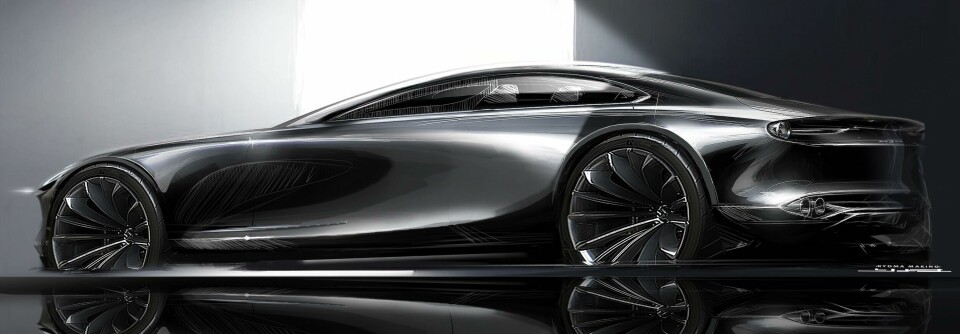
We also invest in developing artists in the modelling department. The Takumi [master craftsmen] are highly skilled. A regular modeller needs to have sketches, line drawings or data from a designer to create form. A Takumi doesn’t need this – they just listen to a description, then they use their imagination. They can visualise, like a designer. Mazda has three or four master craftsmen working with it, but the ultimate goal is for any modeller to become accomplished enough to reach the level of Takumi.
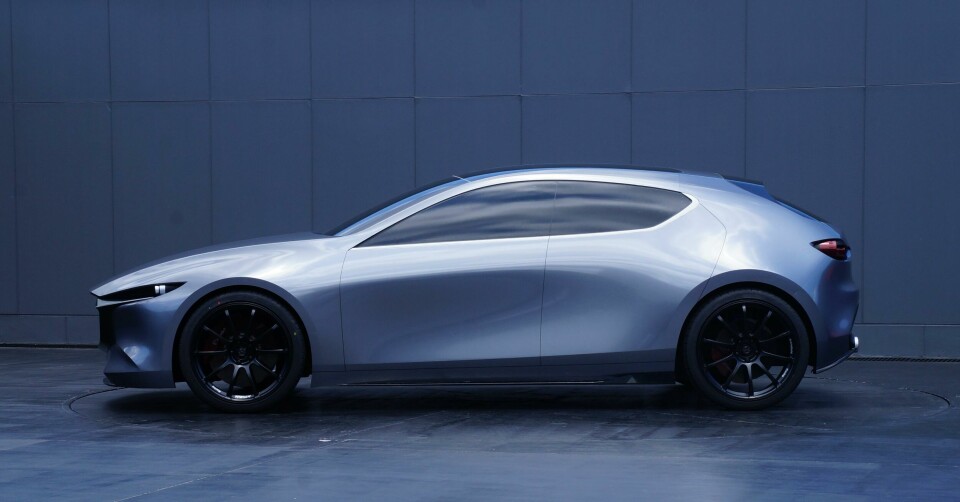
So how do such traditional skills fit into a possible autonomous future? The human being has a special skill, to drive a car; if we lose that skill, the human being will change. People at the wheel have a fundamental responsibility and respect that comes with driving a car in public, and I ponder the social implications if drivers no longer interact with those around them. In surveys, 80% of consumers tell Mazda they want to be able to drive an autonomous car whenever they feel like it; in other words, for Mazda, drivers should still have a place in a driverless car.
Three concept cars shown in the last three years have given a strong indication of the direction we intend to take. First came RX Vision, in 2015, then the Vision Coupé and Kai concepts at the 2017 Tokyo motor show. In them you can see how the design language is evolving.
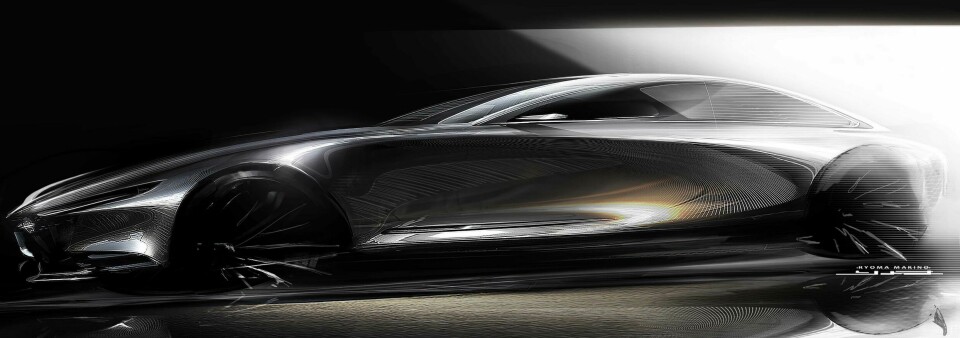
Before, we achieved a sense of vitality in the design by capturing the frame-by-frame dynamism of living creatures and translating it directly into the physical form of our cars; the next phase that we have been working on aims for a more natural, ever-changing interplay of light and shadow that glides smoothly over the bodywork as the viewing angle changes.
The cars’ fundamental proportions come straight from the textbook of sports car design, but the treatment of the panels is something altogether fresh and exciting. My team and I want to find new ways to create reflections in the surfaces of bodywork. It sounds simple but has been a challenge, technically, to reach this point. Two years of research and development went into understanding and perfecting the form that evolves Kodo, which has attracted new owners to the marque.
For the Vision Coupé concept, the exterior forgoes character lines and similar devices, adopting an extremely simple three-dimensional form. Light and shadow are reflected in the ‘empty’ spaces of the body sides, and the reflections flow smoothly in line with the movements of the vehicle, producing a natural-feeling sense of vitality.
Mastery of space, in particular ‘empty space’, a traditional Japanese creative language, is key to the complex surfacing seen on recent concepts and the Mazda 3. In this expression of motion, if restrained the form appears quite simple but it looks incredibly dramatic when the light hits it, due to the flow of reflections over the surface. I believe this delicate movement of light is essential to the Japanese aesthetic, so I put a lot of effort into perfecting that element.
Mazda design will continue evolving the Kodo philosophy throughout our next generation of vehicles. I see it as our mission to continually create genuinely beautiful forms living up to our mantra, ‘Car as Art’.
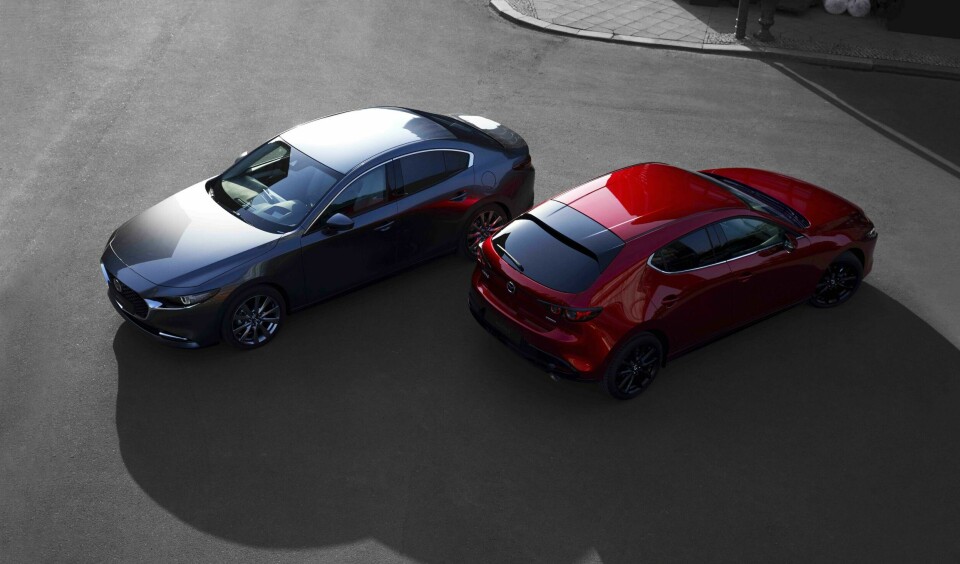
Ikuo Maeda’s choices for the best concept and production cars of 2018:
Concept cars:
1. Peugeot e-Legend
2. Infiniti Prototype 10
3. Lagonda Vision Concept
Production cars:
1. Ferrari Monza SP1/SP2
2. Audi e-tron
3. Jaguar I-Pace



